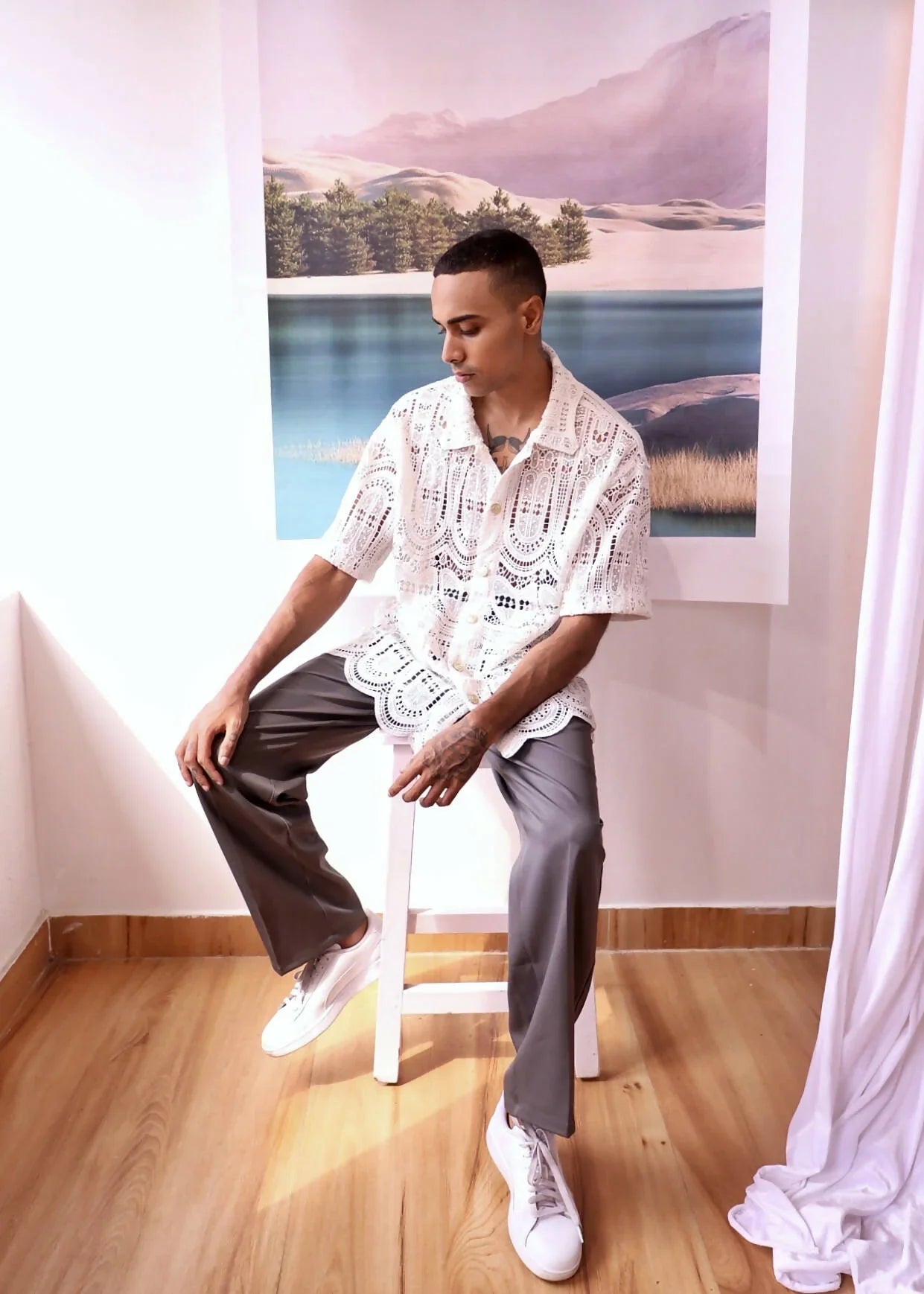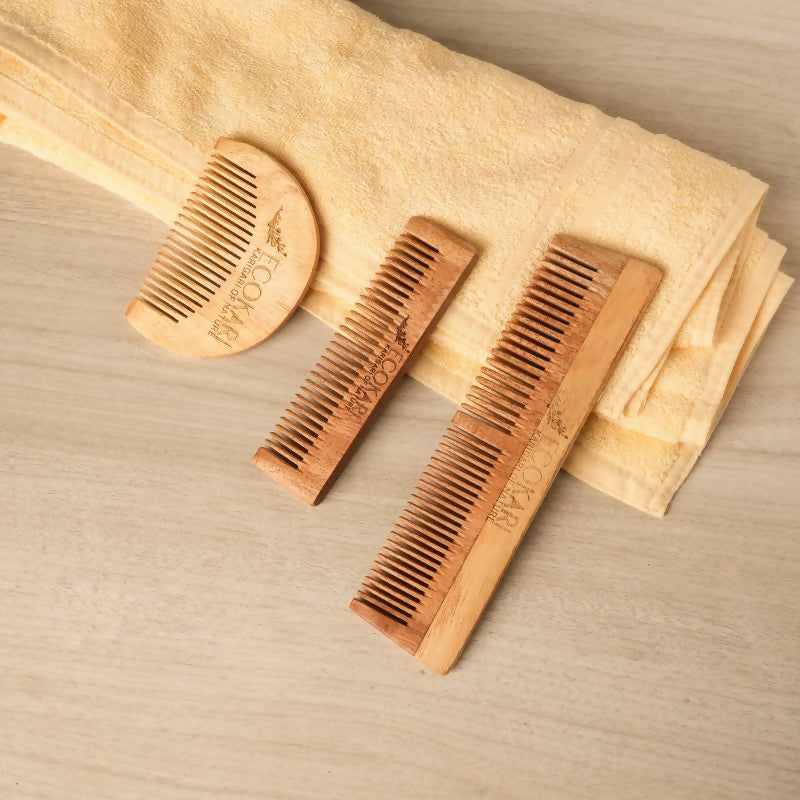Agricultural Waste: Reusing Crop Residues, Increasing Sustainability

Agriculture, the ancient practice of cultivating food through farming, generates considerable waste that often ends up in landfills. In India alone, the estimated agricultural waste ranges from 350 to 500 million tonnes annually, as reported by the Indian Council of Agricultural Research. Globally, this figure reaches into the billions of tonnes, representing a massive amount of potential waste. Frequently, this waste is disposed of through crop residue burning, a practice that is not only environmentally damaging but also releases harmful greenhouse gases, impacting both human health and the planet. This is according to findings by the National Institute of Health. Recognising the scope of this issue, we highlight numerous global efforts developed to repurpose agricultural waste into a variety of products and concepts, effectively diverting it from landfills and transforming it into useful materials.
KEEN FOOTWEAR
Crop Waste Shoes
American label Keen Footwear is a conscious brand dedicated to making a positive impact on the environment. They use sustainable materials in their shoe production and, in 2021, launched the Keen Harvest initiative, featuring upcycled shoes made from agricultural waste such as crop residues, leaves, and stems, all repurposed to reduce their ecological footprint. With the tagline “Repurposed for a Purpose," this initiative operates under the Keen Harvest Certified Program, providing transparency and informing consumers about the extent of upcycled materials used and the overall sustainability of the products.

(Image credit: Keen Footwear's Harvest Initiative on Agricultural Waste)
BRAVE SHOES
Fruit Waste Footwear
Brave Shoes, based in Thailand, manufactures sustainable footwear from upcycled materials following the responsible and circular principles. They creatively repurpose agricultural waste, particularly banana and lime peels, and employ deadstock fabric to produce a vegan, cruelty-free leather-like material. They want to make a difference in helping reduce agricultural waste in Thailand's fruit-producing industry and divert it from landfills, promoting increased reuse and repurposing into high-quality products.

(Image credit: Brave Shoes Banana and Lime Peel Waste Footwear)
GREYHOUND ORIGINAL
Rice Straw Waste Apparel
Greyhound Original, a Thai lifestyle and streetwear brand, partnered with Siam Kubota, a company known for agricultural equipment, to launch an upcycled collection named 'Turn Waste to Agri-Wear.' This collection features yarn made from rice straw waste, transforming agricultural leftovers into fashionable apparel and tote bags. To reduce the harmful practice of crop residue burning, this sustainable collection highlights the potential for stylish, environmentally positive products that contribute more to waste reduction.

(Image credit: Greyhound Original x Siam Kubota - Rice Straw Waste Collection)
DOLE X RAIS X ANANAS ANAM
Pineapple Waste Leather
Three brands have united to tackle agricultural waste by creating an upcycled product. For Earth Day, this year, food packaging company Dole and Rais Case, which produces handcrafted premium bags, launched a limited-edition bag made with Piñatex—a cruelty-free, vegan leather alternative sustainably created by London-based Ananas Anam using waste pineapple leaf fibers from farms. Ananas Anam transforms these pineapple leaves into sustainable vegan textile materials. This collaboration has successfully fashioned a stylish crossbody bag collection, by finding a natural way to cut down on pineapple waste.

(Image credit: Dole x Rais Case x Ananas Anam - Pineapple Waste Leather)
LAMPCHAIRS
Agro-Waste Architecture Concept
Vincent Callebaut Architectures, a Paris-based studio known for its modern architecture and sustainable designs using natural materials, proposed an eco-concept in 2023 called Parametric Lampchairs. Known as the "ecological architect," Vincent Callebaut's designs are popular for their ultra-modern geometric structures. The Lampchairs project design explores the possibility of repurposing agricultural waste to reduce environmental impact. They suggested using agricultural byproducts like sugarcane fibers, corn cobs, rice straw, leaves, and various vegetable skins to create innovative biomaterials. This concept aims to integrate sleek, modern, and futuristic design elements into urban furniture, presenting a visionary approach in research that could one day lead to reusing agro-waste in green architecture, potentially transforming waste management and design aesthetics.

(Image credit: Vincent Callebaut Architecture - Parametric Lampchairs)
AGRALOOP BIO-FIBRE
Crop Waste Apparel
Circular Systems, a materials science company from the US, developed Agraloop Bio Fibre, which repurposes leftovers from crops like hemp, banana, pineapple, and rice straw into natural fibers. This sustainable alternative aims to help the severe environmental impact of burning rice straw, which releases harmful emissions. They provide a valuable alternative for the fashion industry and help divert waste from harmful disposal methods, by repurposing these agricultural leftovers into eco-friendly textiles.

(Image credit: Agraloop Bio Fibre by Circular Matters)
The innovative reuse of agricultural waste in various industries guides us towards a sustainable path by reusing agro-waste into apparel and footwear to incorporating it into architectural concepts, these practices divert waste from landfills and reduce the demand for new raw materials. Ongoing research and development in this field promise to unlock even more possibilities, turning agricultural byproducts into valuable resources across multiple sectors.






Leave a comment